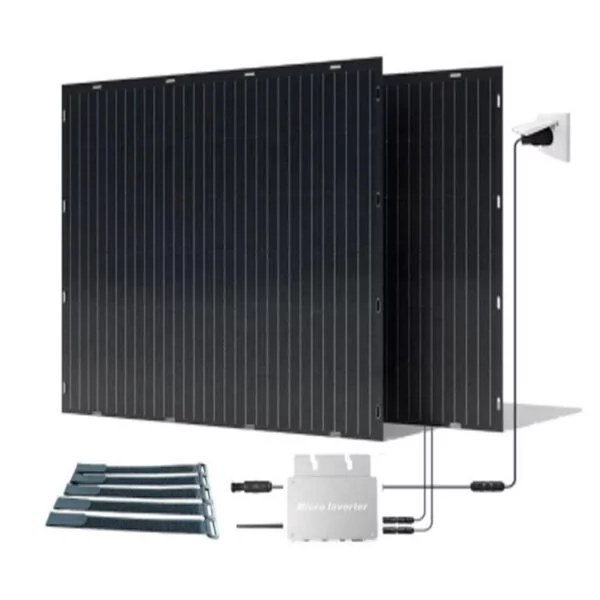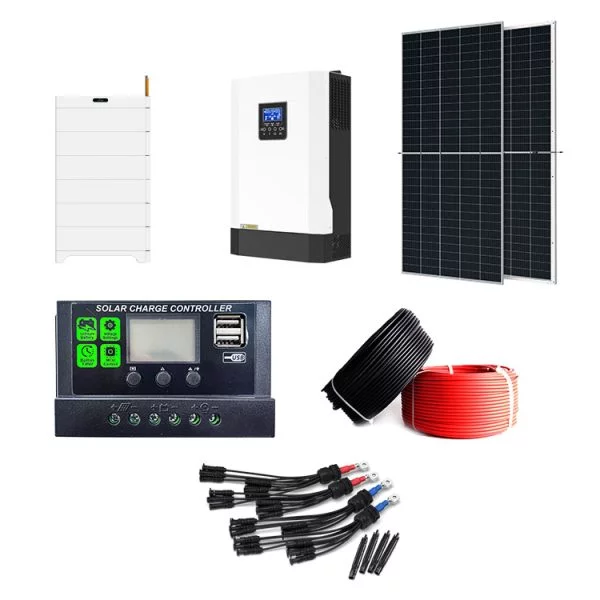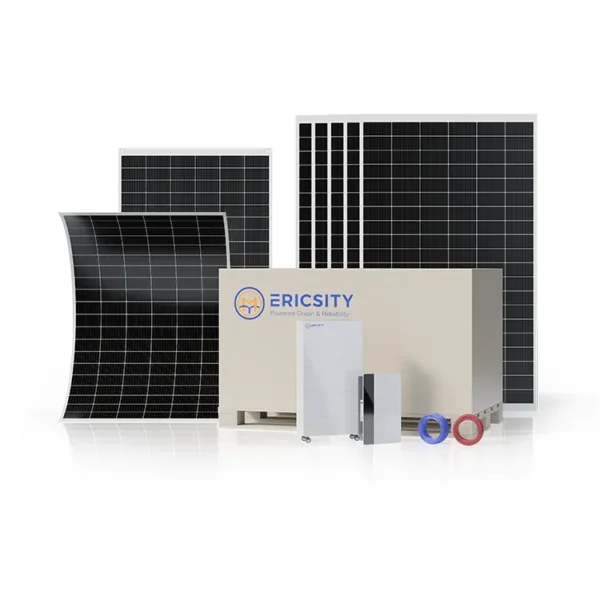HOT PRODUCT
Product Details
amorphous Flexible Solar Panels: Powering The Next Generation
Title: Amorphous Flexible Solar Panels: Powering The Next Generation
Introduction:
In recent years, renewable energy has emerged as a powerful solution to tackle the growing energy crisis and combat climate change. Among the various renewable energy sources, solar power has gained significant popularity due to its clean and abundant nature. With advancements in technology, solar panels have become more efficient and versatile, and one such innovation is the development of amorphous flexible solar panels. These exceptional devices are ushering in a new era of solar energy, revolutionizing the way we harness the sun’s power.
1. Understanding Amorphous Flexible Solar Panels:
Amorphous flexible solar panels, also known as thin-film solar panels, are made using incredibly thin layers of photovoltaic material. Unlike traditional crystalline silicon panels, amorphous panels use non-crystalline silicon, allowing for flexibility and lightweight design. This versatility opens up countless applications that were previously out of reach for conventional solar panels.
2. Benefits and Advantages:
a. Flexibility: The most significant advantage of amorphous solar panels is their flexibility. These panels can be bent and shaped to fit curved surfaces or irregular shapes, making them ideal for applications where rigid solar panels are impractical or impossible to use. They can be integrated seamlessly into surfaces such as roofs, windows, or even clothing, providing endless possibilities for solar energy integration.
b. Lightweight and Portable: Amorphous solar panels are made with thin and lightweight materials, making them highly portable. Their lightweight nature allows for easy installation and transportation, making them suitable for off-grid applications and scenarios where mobility is crucial. Moreover, their low weight reduces the overall structural burdens, enabling easier integration into various structures.
c. Higher Performance in Low-Light Conditions: Unlike traditional solar panels, amorphous flexible panels have a higher efficiency under low-light conditions. They can harness a significant amount of energy even in partially shaded areas or during cloudy weather. This attribute makes them ideal for regions with frequent cloudy conditions, allowing solar energy production throughout the year.
d. Durability: The flexible design of these panels makes them more resistant to diverse weather conditions and other environmental factors. Their ability to withstand shock, vibrations, and rapid temperature changes enhances their durability compared to rigid panels. In addition, the absence of rigid glass components reduces the risk of breakage, making them highly suitable for challenging environments.

3. Innovative Applications for Amorphous Flexible Solar Panels:
a. Building Integration: Amorphous solar panels can be seamlessly integrated into building materials, such as roofs, windows, and facades. They offer architects and designers the freedom to incorporate solar energy systems without compromising aesthetics. This integration not only enhances energy generation and reduces carbon footprint but also contributes to sustainable urban development.
b. Portable Power: The lightweight and portable nature of amorphous flexible solar panels make them perfect for portable, off-grid power solutions. They can be used to charge electronic devices, power outdoor equipment, and provide electricity in remote areas where access to the grid is limited or non-existent. These panels can also be integrated into backpacks, tents, and vehicles, enabling efficient and environmentally-friendly power sources for camping, hiking, and road trips.

c. Transportation: Incorporating amorphous flexible solar panels into vehicles can revolutionize the transportation sector. From electric cars to buses and trains, these panels can help extend the range of electric vehicles by continuously charging their batteries while on the move. Furthermore, solar panels integrated into the roofs of electric vehicles can offset some of the energy required for air conditioning, heating, and other auxiliary components.
Conclusion:
Amorphous flexible solar panels are the epitome of innovative and sustainable technology. Their flexibility, lightweight design, and higher performance in low-light conditions offer immense opportunities for solar energy integration. As the world moves towards a greener future, the next generation of solar panels hold immense potential in transforming the way we power our lives, making solar energy accessible, convenient, and visually appealing.




